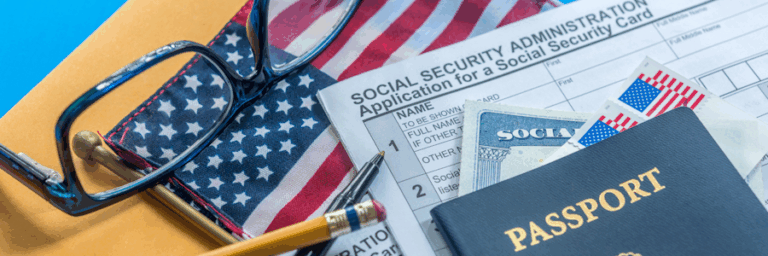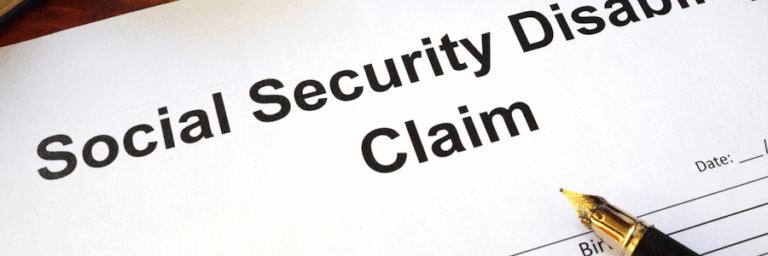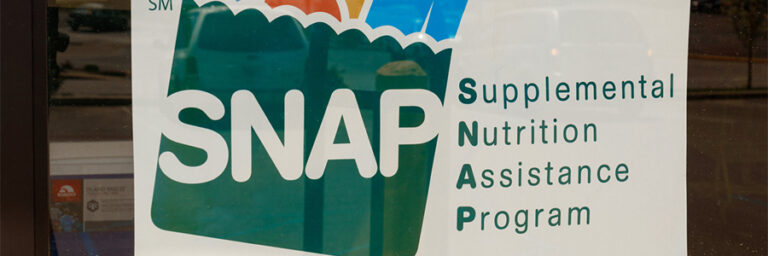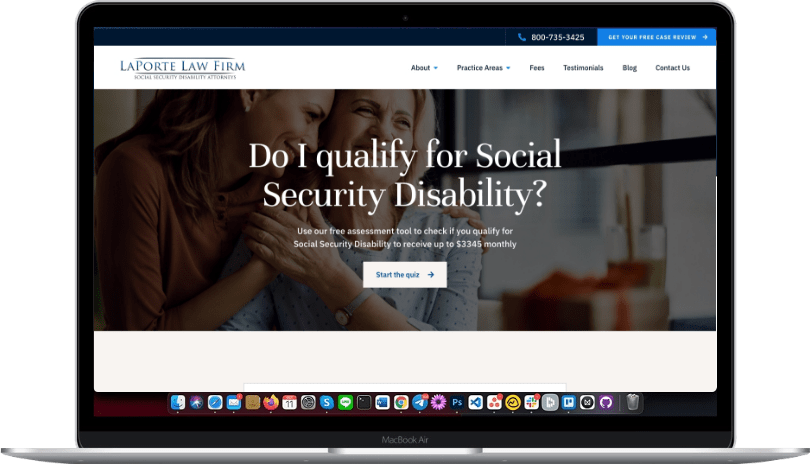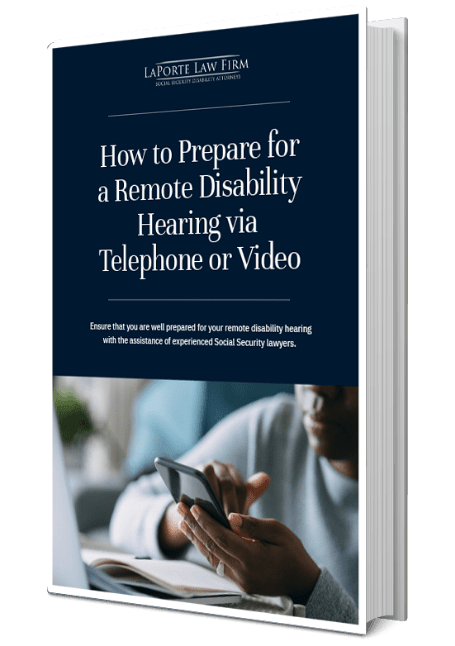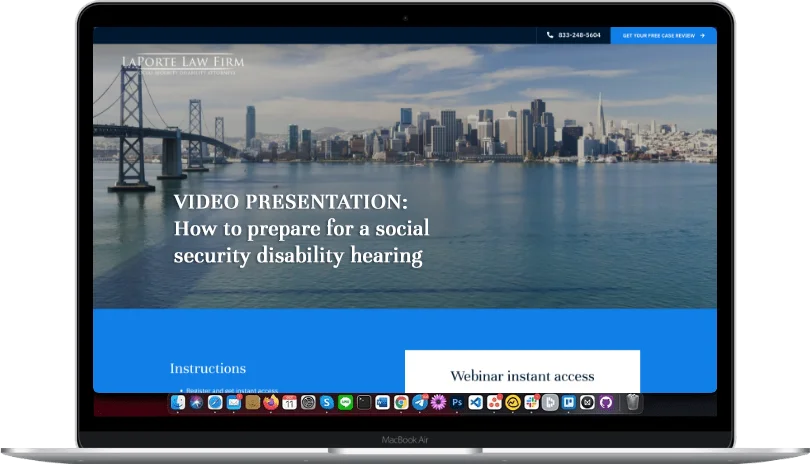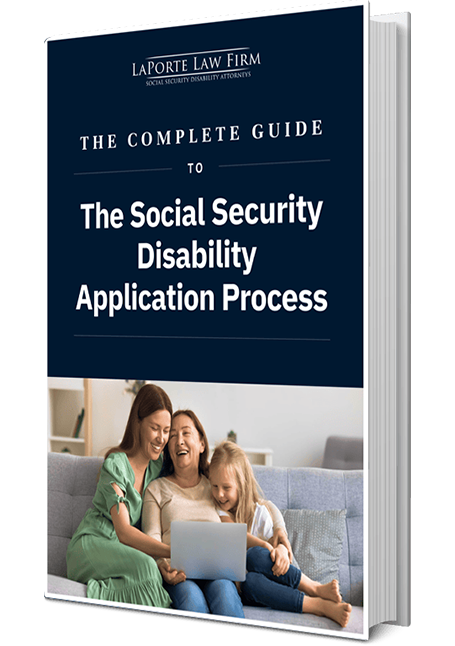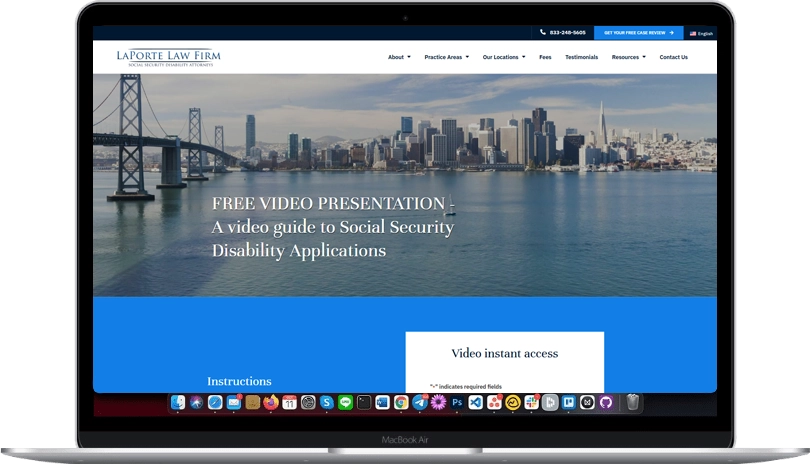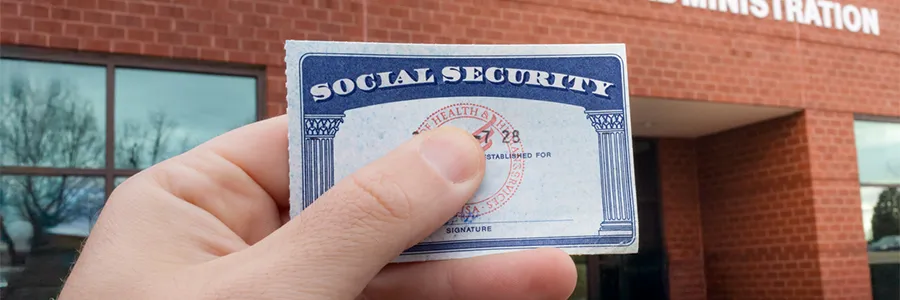
Verifying identity with the Social Security Administration (SSA) remains a necessary, and at times challenging, step for individuals seeking to access Social Security benefits or manage important information regarding benefits, such as the designated bank account for direct deposits. While the SSA has expanded online options to reduce the need for in-person visits to local Social Security offices, these alternatives are not without complications, and many claimants may still be required to appear at local offices or partner locations.
This article outlines the current state of SSA identity verification in 2025, recent policy adjustments, and practical considerations for claimants navigating this process.
Purpose of Identity Verification
The SSA requires identity verification to protect applicants from fraud and to ensure that only authorized individuals can access sensitive benefit information, such as the applicant’s earnings record and designated bank account for benefit payments. Verification is necessary when creating or accessing a My Social Security online account, applying for benefits, or updating personal data such as the designated bank account information for direct deposits.
Because Social Security pays billions of dollars in benefits to a mostly disabled and elderly general population, the amount of money involved has attracted bad actors who use the existing systems to scam people out of their hard-earned benefits. Bad actors can steal people’s information online and use this information to redirect monthly Social Security deposits. Another common scam is the impersonation of Social Security employees to gain unauthorized access to My SSA Accounts and other sensitive personal and financial information.
The SSA has developed online and phone verification options to streamline access, though these methods can present barriers for certain populations who are not internet savvy or have other issues with using the online verification process. Sometimes, an in-person appointment is required at the Social Security office.
Expanded Online Verification Options with Limitations
The SSA has pushed to digitize more services but acknowledges that the online system may not work for everyone, especially vulnerable claimants.
Users can verify their identity through an online portal by creating a My Social Security account. The process typically involves answering personal security questions and providing a government-issued ID. The use of Login.gov as a centralized authentication system offers additional layers of security through multifactor authentication, or MFA.
However, these online methods are not foolproof. The verification often relies on matching information in government and credit databases, which can be problematic for applicants with limited credit history, name changes, incorrect or inconsistent records, or people who do not have reliable access to the internet. Failure to verify your identity online may result in a required in-person visit to your local Social Security office, adding time and travel burdens.
In-Person Requirements for Identity Verification and Public Response
Certain transactions — such as obtaining a new Social Security card — can be accomplished online in most cases.
However, the SSA announced in March 2025 that people applying for benefits will be required to appear in person at a Social Security office if they are unable to verify their identity through the Social Security website. Many beneficiaries were concerned that they would be unable to apply for benefits or fix common issues without waiting for an appointment at their local Security Security office, and that the local offices would be inundated with people attempting to verify their identity for basic tasks that can typically be accomplished online.
In response, the SSA announced on April 14, 2025 that people applying for Social Security disability can verify their identity over the phone with a Social Security claims representative, without being required to come to an office. However, the April 2025 announcement still required people applying for retirement benefits or auxiliary benefits to come to the Social Security office to verify their identity. This announcement specified that exceptions would be made for dire need cases and that the agency would develop a policy for bypassing the in-person requirement.
Documentation Requirements for Verification Can Be Burdensome
Unlike verifying your identity through the My SSA Account, doing it in person requires additional paperwork.
Claimants must present specific documents for in-person verification, including:
- Valid government-issued photo ID (driver’s license, state ID, passport)
- Social Security card
- Proof of citizenship or lawful status (birth certificate, Green Card, work permit)
The SSA recommends confirming document requirements before appointments. However, these requirements can be onerous for individuals who have lost documents, changed names, or are experiencing homelessness and do not have ready access to required documentation, increasing the risk of application delays or denials.
Phone Verification Changes and Impact on Claimants
In August 2025, the SSA introduced a new identity feature called the Security Authentication PIN (SAP PIN), initially planning to require it for all phone transactions to enhance security. However, following public backlash and advocacy from groups such as AARP — who raised concerns that mandatory requirements could disproportionately affect seniors, disabled individuals, and those without reliable internet access — the SSA made the SAP PIN optional. While this change reduces potential barriers, claimants who use phone services without the PIN may experience limited functionality or be subject to additional identity verification steps.
Practical Considerations for Claimants
Given the evolving SSA policies and procedures, claimants should:
- Attempt online verification first. It is generally more efficient and aligns with the agency’s increasing emphasis on digital services.
- Keep all required identity documents accessible and current, and ensure your identification documents match the information provided to Social Security’s online verification methods.
- Seek assistance if encountering repeated verification issues, especially for seniors, disabled individuals, or immigrants. This can include a trusted family member, friend, or the local SSA claims representative.
- Check the SSA blog for new policy announcements about identification verification processes and check back here for updates.
Conclusion
The Social Security Administration’s announcement in March 2025 about the new in-person identification requirements led some claimants and observers to question how the agency would handle a sudden influx of people seeking in-person appointments at their local Social Security offices. In response, the SSA clarified that disability claimants will still be able to verify their identity online or over the phone.
The SSA has made many advances regarding which services can be accomplished electronically from the comfort of home, so the new requirements that required people to come down to a Social Security office in person to provide identification seemed untenable and led to further delays. It was therefore a welcome sign when the SSA announced in April 2025 that disability applicants who are unable to verify their identity online may verify their identity over the phone. Because some disability claimants face transportation issues due to a disability, the ability to verify their identity for a disability application over the phone was a time-saving relief, and will hopefully avert long lines at Social Security offices.
Recent updates to Social Security’s identity verification policies can create unnecessary hurdles. Our attorneys at LaPorte Law Firm stay up to date so you don’t have to.
Get expert advice — book your free consultation today.
FAQs
No, in many cases, identity verification can be completed online through the My Social Security portal using secure authentication methods such as Login.gov. However, certain situations, such as applying for a new Social Security card or when online verification fails, still require an in-person visit to a local SSA office or participating post office.
You do not need to visit a Social Security office if:
- You use a MY SSA account.
- You are applying for benefits online or over the phone.
- You are on Social Security benefits and no changes are needed to your bank account.
- You are not receiving benefits.
Generally, you need a valid government-issued photo ID (such as a driver’s license or passport), your Social Security card, and proof of citizenship or lawful status (such as a birth certificate, Green Card, or work permit). Requirements may vary, so it is advisable to confirm documentation needs with your local SSA office before your appointment.
What is Login.gov, and how does it relate to SSA identity verification?
Login.gov is a secure, centralized login system used by the SSA and other government agencies to verify identity online. It offers multifactor authentication and consolidates access across services, enhancing security while simplifying the login process.
The SSA initially planned to require a SAP PIN for all phone transactions as a security measure, but after public feedback, this was made optional in 2025. While this change reduces barriers for some users, those without a PIN may encounter additional identity verification steps when using the SSA’s phone services.
No. Social Security will never send you a text message to confirm your identity. However, you will receive a PIN code if you use Login.gov when interacting with the Social Security website.
From the Social Security April 2025 update: Beginning April 28, 2025, you can change your direct deposit by calling 1-800-772-1213. Before you call, go to ssa.gov/PIN to get a one-time code that you will give to the Social Security representative. To generate the code, you will need to sign in to or create a personal my Social Security account. If you are unable to create an account, you will need to come into a local Social Security office or arrange for direct deposit through your bank.



